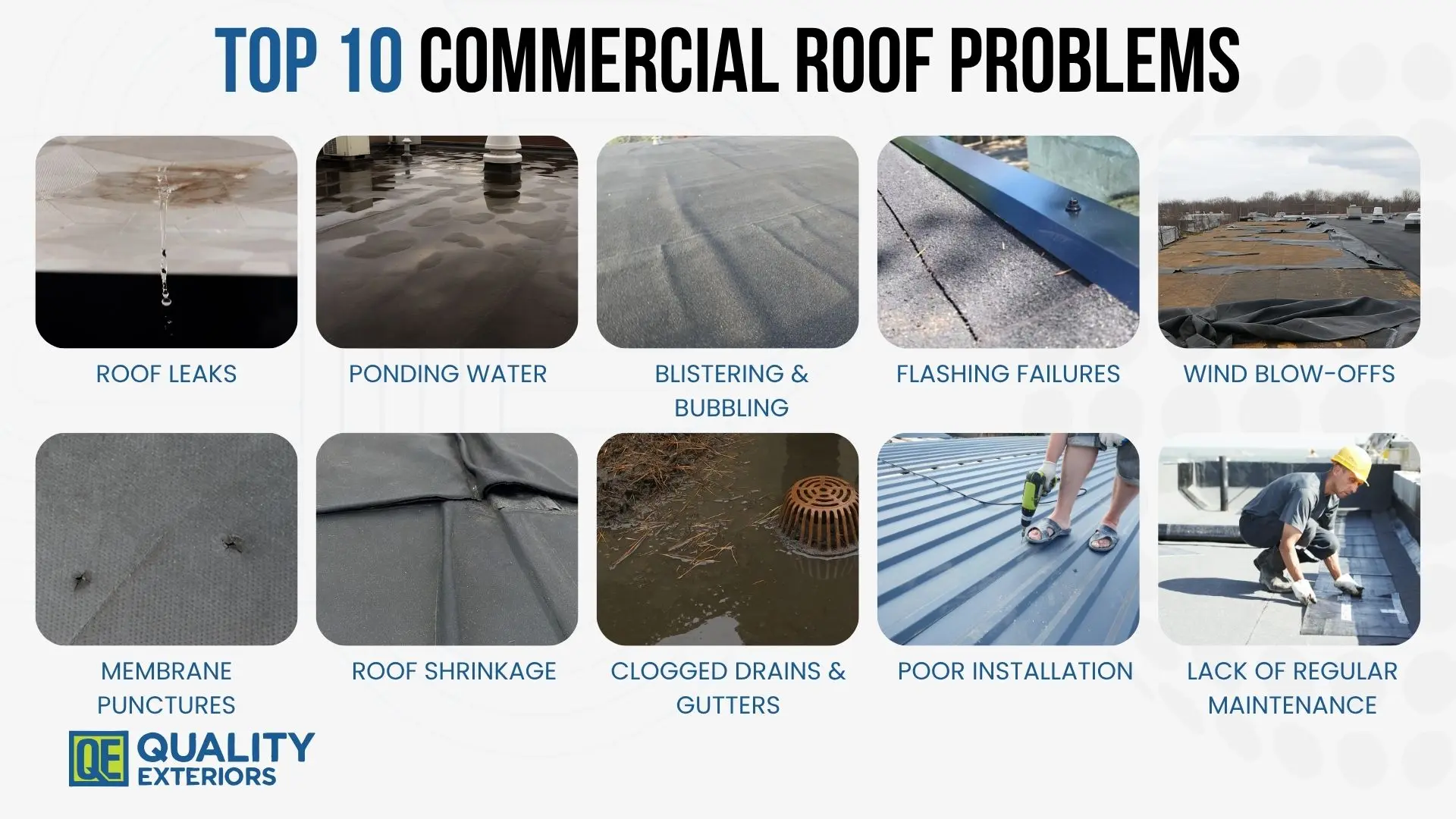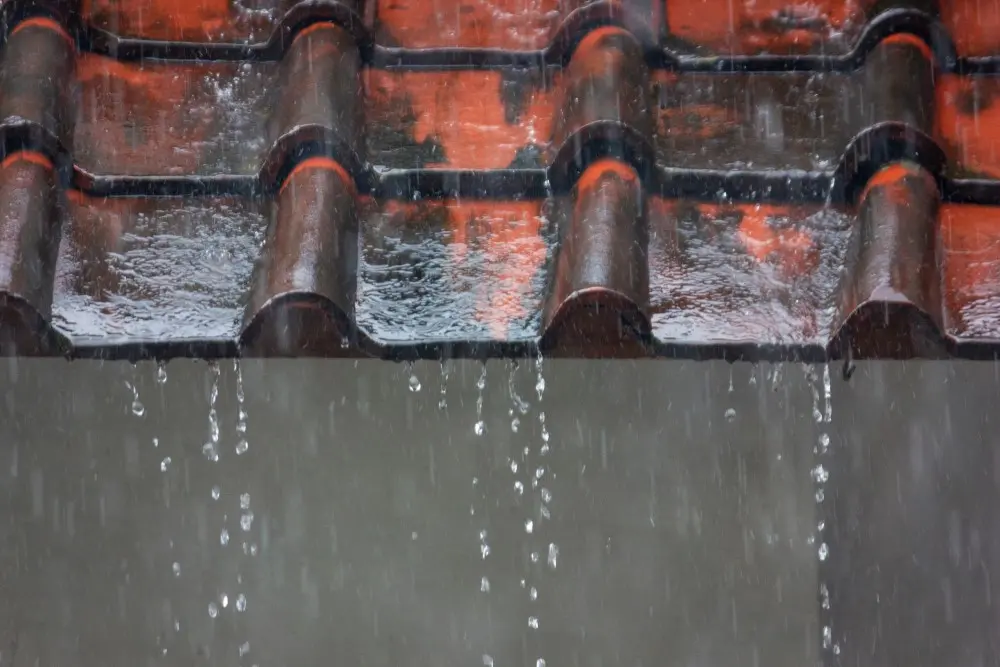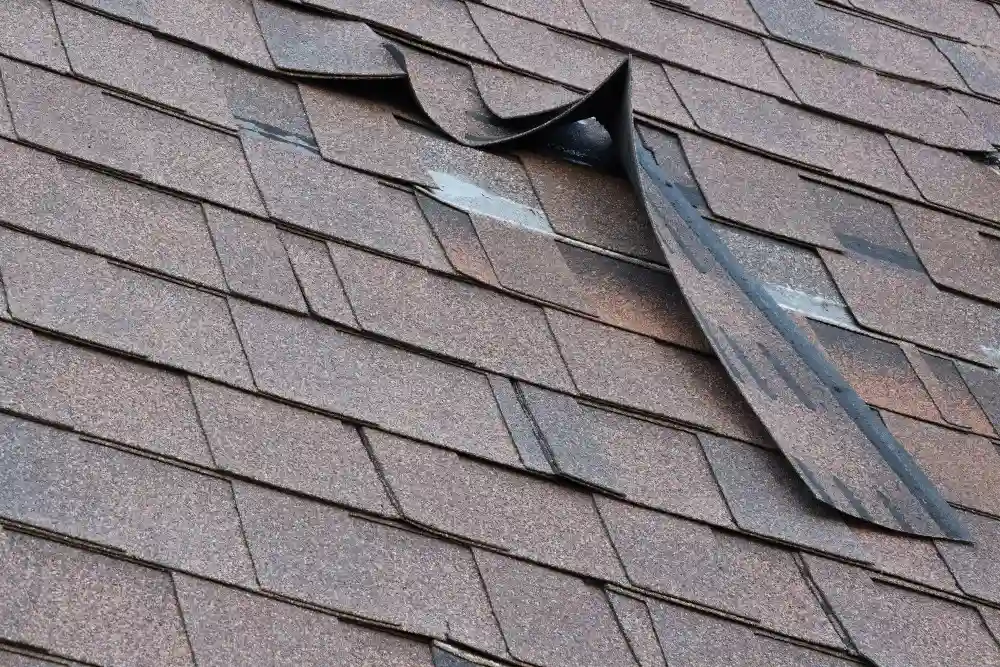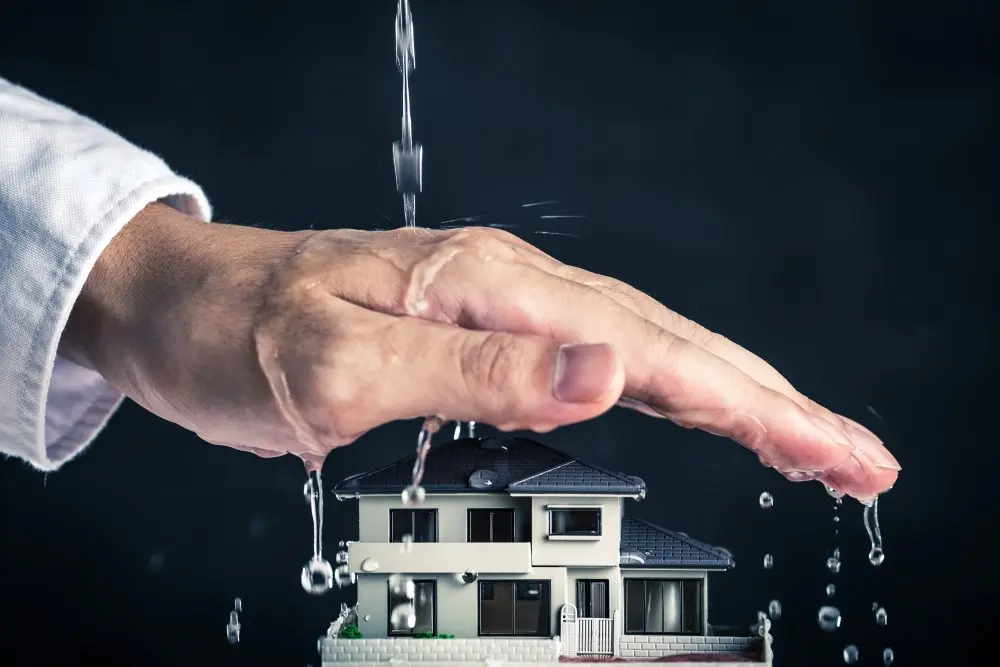Why Commercial Roofing Deserves Special Attention
Commercial roofing systems face challenges that residential roofs rarely encounter. Understanding these factors helps explain why commercial roof repair demands specialized knowledge:
- Size and accessibility: Commercial roofs span larger areas, making routine roof inspections more complex. Detecting small holes or damaged areas requires systematic examination.
- Equipment penetrations: HVAC units, vents, skylights, and solar panels create points where water can enter. Each penetration needs proper flashing and regular inspection to prevent leaks.
- Foot traffic impact: Maintenance technicians regularly access roofs to service equipment. This necessary traffic can puncture membranes and accelerate wear on roofing materials if protective measures aren’t in place.
- Drainage requirements: Flat roofs depend on functioning drainage systems. Commercial buildings need carefully designed systems with adequate drains and gutters to prevent standing water.
- Business continuity stakes: Roof leaks disrupt business operations, potentially forcing closures, damaging inventory, and affecting productivity during repairs.
These demands are unique, making proactive maintenance and routine roof inspections essential for protecting your commercial property investment.
The 10 Most Common Commercial Roof Problems (and Solutions That Work)
Certain roof issues appear with predictable regularity across commercial buildings. The earlier you recognize these problems, the easier it is to prevent the need for major reconstruction.

1. Ponding Water and Poor Drainage
Standing water is one of the most damaging conditions for flat roofs. When water pools in low spots for more than 48 hours after rainfall, it accelerates roof deterioration, promotes mold growth, and can eventually lead to structural damage.
Causes of ponding water:
- Clogged drains due to debris accumulation
- Insufficient slope during original construction
- Sagging sections from equipment weight
Effective solutions: Regular debris removal keeps drainage systems functioning. Installing tapered insulation redirects water flow without a complete tear-off. In severe cases, affected sections must be rebuilt to restore proper drainage.
2. Membrane Blistering and Bubbling
Blisters appear as raised bubbles in the roof membrane, indicating trapped moisture or air between material layers. While small blisters may seem harmless, they create weak points where the membrane can tear. This allows water to intrude, which spreads beneath the surface.
What causes blistering:
- Improper installation with trapped air pockets
- Moisture in insulation expanding under the sun
- UV damage degrading membrane elasticity
Effective solutions: Small intact blisters can remain if not leaking. Larger blisters require cutting open, drying, applying adhesive, and patching. Infrared scanning identifies wet insulation needing replacement.
3. Flashing Failures at Penetrations

Flashing creates weathertight seals around roof penetrations. Poor installation or flashing deterioration causes more commercial roof leaks than any other single issue. Water bypasses the primary membrane through gaps in flashing, often traveling far from the entry point before it appears as interior damage.
Causes of flashing failure:
- Gaps from poor initial installation
- Fasteners loosened by thermal cycling
- UV deterioration of sealants or corrosion
Effective solutions: Resealing provides temporary protection. Complete replacement offers longer security. When installing new equipment, follow the manufacturer's flashing specifications and inspect all penetrations regularly for gaps or corrosion.
4. Punctures and Membrane Tears
Even small punctures compromise your commercial property's weather protection. Tools dropped during maintenance, wind-driven debris during storms, or sharp equipment edges create openings where water enters insulation and deck structure.
Puncture causes:
- Maintenance crews walking without protection
- High winds or hail driving objects into the membrane
- Animals or birds damaging surfaces
Effective solutions: Install designated walkway pads in high-traffic areas, and require protective mats during maintenance. After storm damage repair, promptly inspect any punctures before water infiltration spreads and causes more damage.
5. Blow-Offs from Wind Damage

High winds can lift membrane edges, tear away sections, or damage flashing. Once wind gets beneath roofing materials, it can strip large areas in minutes, exposing your building to immediate water damage and requiring emergency repairs.
Blow-off causes:
- Weak or insufficient mechanical fastening
- Deteriorated adhesives in older systems
- Pre-existing damage left unrepaired
Effective solutions: Post-storm inspections identify loose edges. You can also reinforce perimeters with additional fasteners to prevent wind problems. For superior wind resistance, transition to mechanically-attached systems.
6. Roof Shrinkage and Material Degradation
Certain roofing materials shrink as they age, pulling away from flashings, opening seams, and creating stress points where cracks develop. This gradual deterioration happens slowly enough that facility managers may not notice until leaks appear.
Causes of shrinkage:
- UV radiation breaking chemical bonds
- Repeated expansion-contraction cycles
- Poor-quality materials deteriorating early
Effective solutions: Regular inspections catch early shrinkage signs. Applying reflective coatings reduces UV damage. When shrinkage causes significant pulling, the affected areas must be replaced.
7. HVAC and Equipment Installation Damage
Rooftop equipment provides essential building functions; however, it creates ongoing challenges for roof integrity. Improper installation, maintenance activities, and equipment vibration all contribute to premature roof failure around these penetrations.
Causes of equipment damage:
- Contractors unaware of roofing best practices
- Equipment vibration loosening mounts or fasteners
- Condensate pooling at unit bases
Effective solutions: Require proper flashing by experienced professionals familiar with different commercial roofing systems. You can also install equipment on elevated curbs and ensure condensate lines drain properly without creating ponding water.

8. Clogged Gutters and Drains
Water must exit your roof quickly to prevent damage. Clogged drainage components cause overflow, ponding water, and potential structural deterioration from prolonged moisture exposure.
Causes of drainage clogs:
- Leaf and branch debris from nearby trees
- Birds nesting in drains or downspouts
- Winter ice blocking gutter paths
Effective solutions: Scheduled inspections before storms ensure clear drains. Installing drain guards prevents large debris from entering. Reduce clog material by regularly removing debris, and check all drainage components after severe weather.
9. Poor Initial Installation Quality
Inadequate workmanship during original installation creates ongoing problems that often void manufacturer warranties and require extensive repairs far sooner than expected. This issue is especially frustrating because it's preventable.
Causes of installation problems:
- Inexperienced contractors or rushed timelines
- Incompatible or substandard materials
- Failure to account for thermal movement
Effective solutions: When purchasing property, hire certified contractors for an independent assessment. For buildings with recurring issues, poor installation may be the root cause. Choosing experienced professionals with certifications for new construction projects ensures proper installation.
10. Lack of Regular Maintenance
Neglecting routine maintenance allows minor issues to develop into major problems. This isn't a specific defect, but rather a contributing factor that accelerates every other problem on this list.
Causes of maintenance neglect:
- Deferred budgeting or ownership changes
- False sense of security from lack of visible damage
- Multi-property portfolios complicating scheduling
Effective solutions: We recommend implementing scheduled inspections twice yearly. After major storms, add extra inspections. Keep detailed maintenance records supporting warranty claims, and budget for routine maintenance to avoid emergency roof replacement costs.
#cta_here
What Actually Damages Commercial Roofs?
Understanding root causes helps facility managers address problems at their source instead of treating symptoms repeatedly:
- Harsh weather: UV rays, high winds, and temperature swings break down membranes, loosen flashing, and stress seams.
- Foot traffic: Rooftop access without walkway pads leads to punctures, granule loss, and premature wear.
- Poor installation: Inadequate fastening, improper flashing details, or insufficient slope create conditions where other damage factors have a greater impact.
- Neglected maintenance: Small issues, like clogs or cracks, become major leaks when left unchecked.
Addressing these root causes through proper installation, protective measures, and consistent maintenance prevents most commercial roof problems before they need expensive repairs.
Proactive Strategies That Extend Your Roof's Life

Commercial roofing systems should provide 20-30 years of service when properly maintained. However, reaching that material lifespan requires consistent attention rather than crisis management. Here are some tips to implement.
- Implement quarterly inspection schedules: Check for roof damage and condition four times yearly to catch changes. Focus on drainage before seasonal weather and assess UV damage during summer months.
- Maintain detailed documentation: Photograph conditions, log maintenance activities, and keep repair records. This supports warranty claims and provides information when planning future work.
- Address minor issues immediately: Minor repairs are cheap, but delays turn them into costly problems.
- Clean debris regularly: Remove leaves, branches, and wind-blown materials quarterly. Debris holds moisture against roofing materials, blocks drainage, and can puncture membranes.
- Establish equipment access protocols: Require service providers to use designated walkways and protective mats. Make them accountable for roof damage during their work.
- Consider preventive upgrades: Coatings block UV damage, extra drains stop ponding, and insulation boosts efficiency and protection.
Routine maintenance and scheduled inspections transform roof management from reactive crisis response to predictable budget planning. Being proactive helps consistently achieve a longer roof life while spending less on emergency repairs.
Don't Wait: When to Call Roofing Professionals
Some issues go beyond routine maintenance, and knowing when to call professionals prevents small problems from escalating. Active leaks during rain require urgent repair to stop interior damage and trace the source. Ponding water over large areas signals drainage issues that won’t fix themselves and need expert attention.
After storms or high winds, even minor visible damage should prompt inspection, especially for insurance purposes. If leaks return after repairs have been completed, it’s time for a full assessment — not another patch. In these cases, experienced roofers have the expertise to prevent costly downtime.
For Middle Tennessee commercial properties, partnering with local contractors who are familiar with regional conditions ensures you get fast, appropriate solutions.









.avif)
